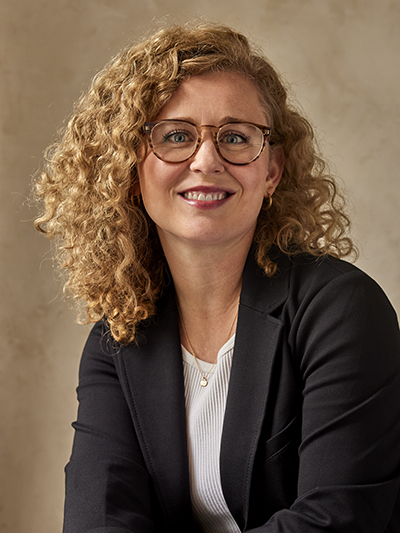Melissa Reynolds is a historian of early modern European medicine and science. She received her PhD in History from Rutgers in 2019 and was the Perkins-Cotsen Postdoctoral Fellow in the Society of Fellows at Princeton University from 2019–22. Her first book, Reading Practice: The Pursuit of Knowledge from Manuscript to Print, forthcoming from the University of Chicago Press, tells the story of how fifteenth- and sixteenth-century readers and writers learned to embrace roles as purveyors and adjudicators of natural knowledge through everyday encounters with practical manuscripts and printed books. She is beginning research on a second project that explores how Europeans imagined they could “read” the human body in the transformational period between 1450 and 1650, when the Reformation, the introduction of Vesalian anatomy, and first contact with the New World presented a challenge to older models of the body based in medieval religion and medieval medical practice.
Melissa Reynolds
Andrew W. Mellon Postdoctoral Fellow in the Humanities
2023—2024 Forum on Revolution
Melissa Reynolds
History
Rutgers University, 2019
Looking Elsewhere: Bodily Encounters in the Early Modern World
Bringing together popular religious and medical sources, as well as narratives of discovery and exploration, Looking Elsewhere: Bodily Encounters in the Early Modern World traces a shift in how Europeans understood the practice of reading the human body in the transformational period between 1450 and 1650. At the beginning of this period, devotional works that emphasized meditation on the suffering body of Christ taught ordinary medieval people that the body was essentially a set of signs to be deciphered. In medical manuscripts, healers were guided to look beyond the physical, tangible qualities of the body and instead to recognize the body’s relationship to a world densely populated by signs and symbols. By 1550, that world of signs and symbolic bodies had diminished. The Reformation and the publication of Andreas Vesalius’s De humani corporis fabrica put an end to thinking of the body as a microcosm of divine order—or so it has seemed. In fact, I contend that deeply held beliefs about the legibility of the human body as both a reflection of divine order and as symbolically linked with the environment were not so much diminished as displaced elsewhere, often onto the bodies of the Black and Indigenous people that Europeans encountered in the sixteenth century. As narratives of these encounters made their way back across the Atlantic, Europeans were already well-versed in the visual practices that would lead them to read these bodies symbolically, as evidence of a different sort of world order.



